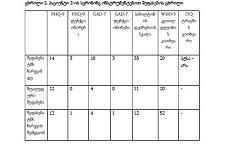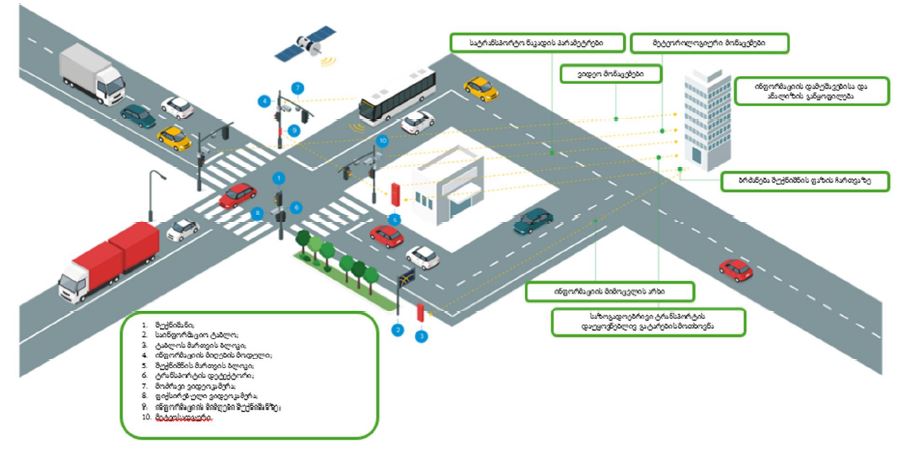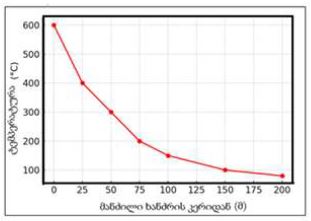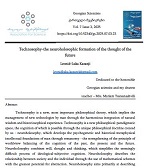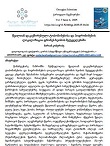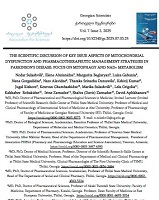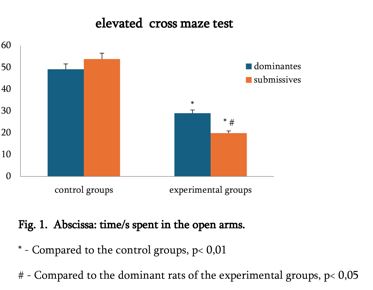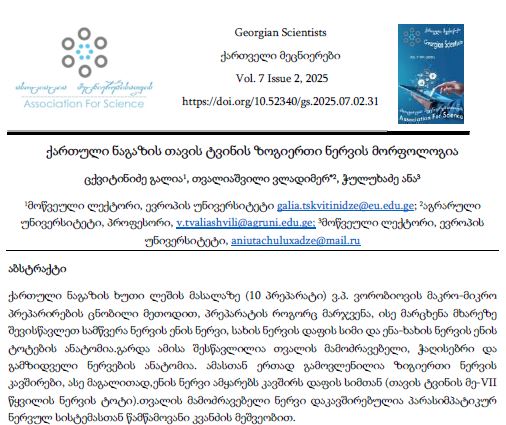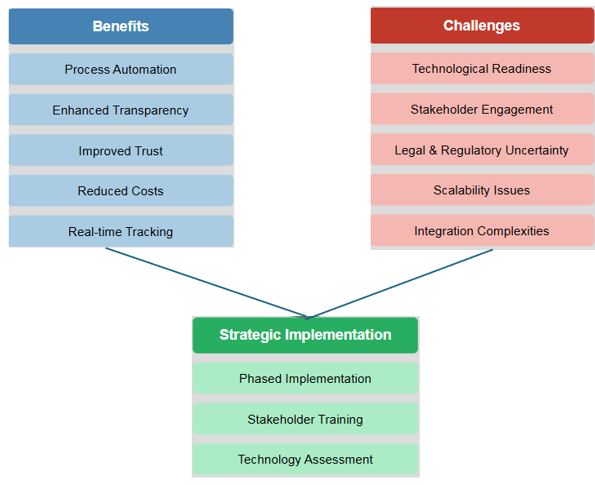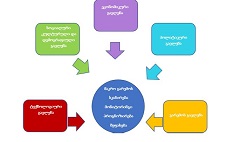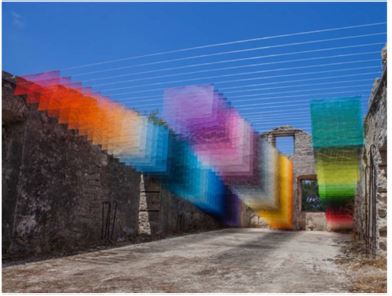ABOUT COLLAPSE OF VENTILATION SYSTEMS OF TUNNELS AT CONFLAGRATION
ПО ПОВОДУ КОЛЛАПСА СИСТЕМЫ ВЕНТИЛЛЯЦИИ ТОННЕЛЯ ПРИ СИЛЬНОМ ПОЖАРЕ
Downloads
Almost all methods of people evacuation at conflagration in transport tunnels and sometimes even the plan of fire extinction implies ventilation stream control with the help of ventilators, particularly, forced supply of clear air to those sections where people are and the decrease of delivery or full discontinuance of air to fire source. The possibilities of ventilators in this case are overestimated as at conflagration they cannot perform their function. As it is known, static pressure of the most powerful ventilator is 15 kPa, while dynamic pressure induced by fire is more by minimum 1 order. Proceeding from the above said the longitudinal-transverse scheme is technically unfit for evacuation as at common regime air in ventilation duct is contaminated while its “filling” with clear air will happen only after recirculation of ventilation system. In case of correspondence of air and transport facilities speeds and of recirculation with consideration of the necessity to overcome the air inertia in medium length tunnels it is more real to escape from fire by transport than to wait the result of recirculation. On example ofthe Rikoti vehicular tunnel it is shown that recirculation of ventilation air stream at conflagration is technically impossible. It also should be mentioned that in case ofthe similar tunnels air stream recirculation is of no meaning even if it is technically possible as it will be impossible to evacuate people into ventilation duct located in false ceiling.
Downloads
Metrics
Х. Дзидзигури А., Махарадзе Л. Шахтные турбомашины. / Часть 2. - Тбилиси: 1996. - 202 с. (На Груз. яз.).
Чурадзе Т.К. Статистика особых случаев в транспортных тоннелях. // «Транспорт», №2, Тбилиси, 2001. -с. 11-13. (На груз. яз.).
Серебряков М.Е. Внутренняя баллистика. - Москва: Оборонгиз, 1949. - 670 с.
Ланчава О. Гигроскопический массообмен в подземных сооружениях. - Тбилиси: «Технический университет», 1998. - 272 с. (На груз. яз.).
Copyright (c) 2021 O. A. Lanchava, Zurab Lebanidze

This work is licensed under a Creative Commons Attribution-NonCommercial-NoDerivatives 4.0 International License.



















